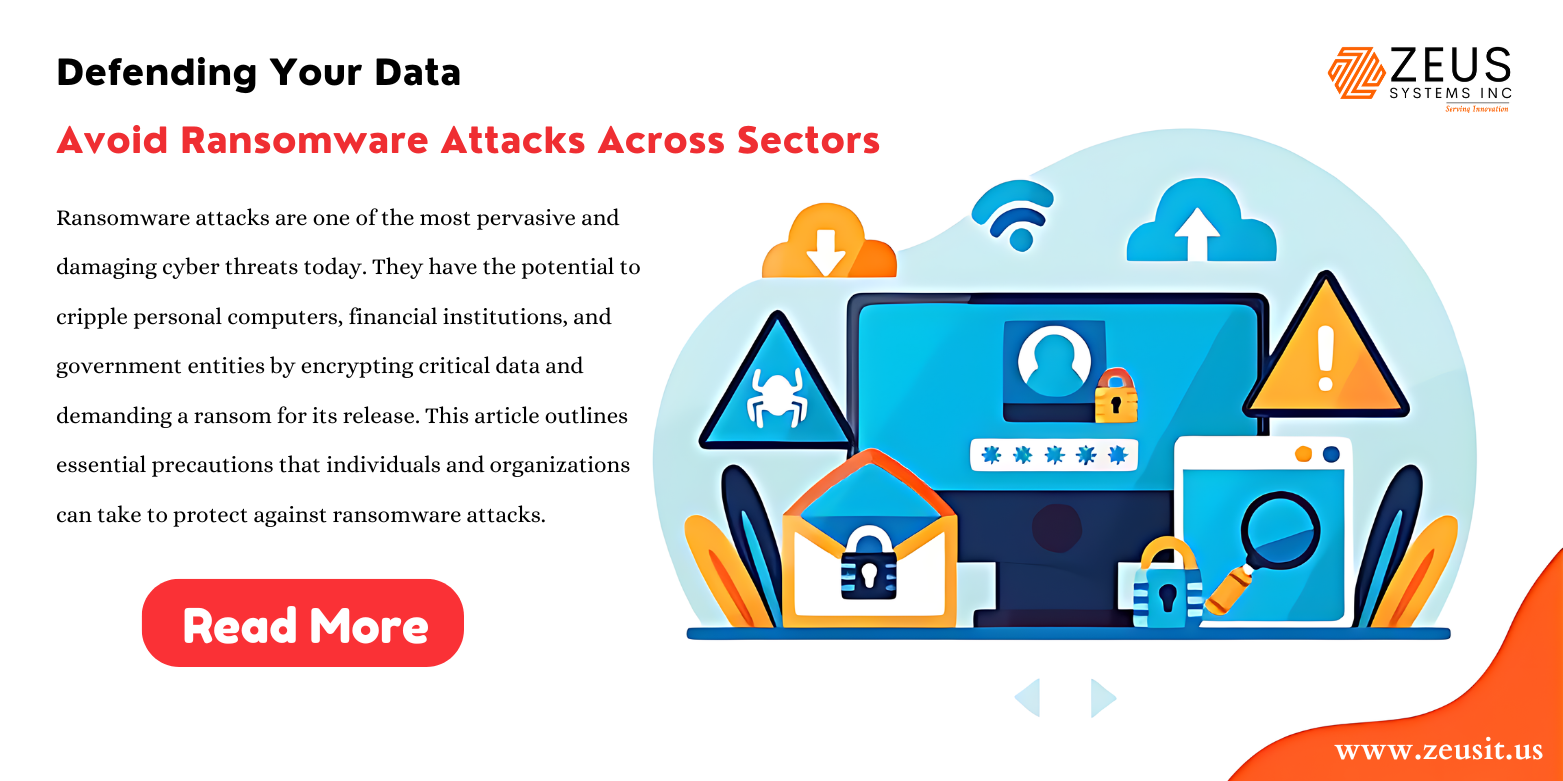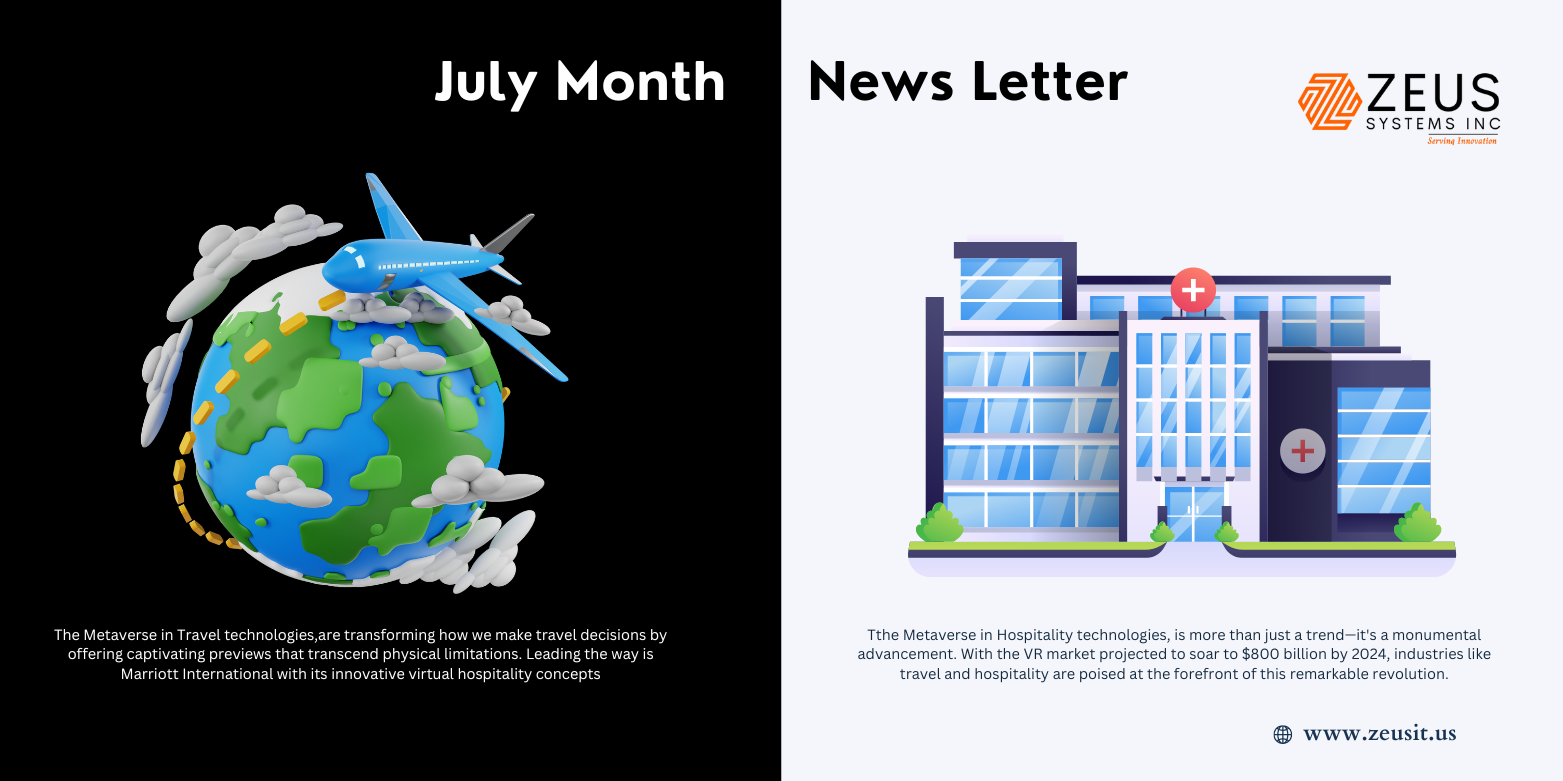Ransomware attacks are one of the most pervasive and damaging cyber threats today. They have the potential to cripple personal computers, financial institutions, and government entities by encrypting critical data and demanding a ransom for its release. This article outlines essential precautions that individuals and organizations can take to protect against ransomware attacks.
1. Precautions for Personal Computers
a. Regular Backups
One of the most effective ways to safeguard against ransomware is to regularly back up your data. Ensure that backups are stored on a separate device or cloud service not connected to your main network. This way, even if ransomware infects your computer, you can restore your data without paying the ransom.
b. Keep Software Updated
Ransomware often exploits vulnerabilities in outdated software. Regularly update your operating system, antivirus programs, and all installed applications to protect against known vulnerabilities. Enable automatic updates where possible.
c. Use Strong Passwords and Multi-Factor Authentication (MFA)
Weak passwords make it easier for attackers to gain access to your computer. Use complex, unique passwords for all accounts and enable MFA where possible. MFA adds an extra layer of security by requiring a second form of verification before granting access.
d. Be Cautious with Email Attachments and Links
Phishing emails are a common vector for ransomware attacks. Be cautious of unexpected email attachments or links, especially from unknown senders. Even familiar contacts can be compromised, so always verify the legitimacy of the source before clicking on any links or downloading files.
e. Install and Maintain Antivirus Software
Antivirus software can detect and block many types of ransomware before they can cause harm. Regularly scan your system for malware and ensure that your antivirus software is always up to date.
2. Precautions for Financial Institutions
a. Implement Network Segmentation
Segmenting the network ensures that if one part of the system is compromised, the ransomware cannot easily spread to other critical areas. This containment strategy is crucial in minimizing damage during an attack.
b. Conduct Regular Security Audits
Financial institutions should perform regular security audits to identify vulnerabilities in their systems. These audits should include penetration testing, vulnerability assessments, and reviews of current security policies and practices.
c. Employee Training and Awareness
Human error is a significant factor in ransomware attacks. Regularly train employees on the importance of cybersecurity, including how to recognize phishing emails, use strong passwords, and report suspicious activity.
d. Use Advanced Threat Detection Systems
Employ advanced threat detection systems that use artificial intelligence and machine learning to identify and respond to potential ransomware attacks in real-time. These systems can analyze network traffic, identify anomalies, and take preventive measures before an attack escalates.
e. Maintain an Incident Response Plan
Despite the best precautions, ransomware attacks may still occur. Financial institutions should have a well-defined incident response plan that includes steps to isolate affected systems, notify stakeholders, and recover data from backups.
3. Precautions for Government Entities
a. Adhere to Cybersecurity Frameworks
Government entities should adopt established cybersecurity frameworks such as the National Institute of Standards and Technology (NIST) Cybersecurity Framework. These frameworks provide guidelines for managing and reducing cybersecurity risks.
b. Strengthen Access Controls
Implement strict access controls, ensuring that only authorized personnel have access to sensitive data and systems. Use role-based access controls (RBAC) to limit permissions based on job responsibilities, and regularly review and update these permissions.
c. Encrypt Sensitive Data
Encrypting sensitive data adds an extra layer of security, making it more difficult for ransomware to exploit or expose critical information. Ensure that data is encrypted both in transit and at rest.
d. Collaborate with Cybersecurity Agencies
Government entities should work closely with national cybersecurity agencies to stay informed about the latest threats and best practices. This collaboration can also provide access to resources and support during an attack.
e. Promote Public Awareness and Reporting
Government entities should promote public awareness of ransomware threats and encourage the reporting of suspicious activities. Public education campaigns can help reduce the overall risk by empowering individuals and organizations to take preventive measures.
Conclusion
Ransomware attacks are a serious threat that requires proactive measures across all sectors. By following these precautions, personal computer users, financial institutions, and government entities can significantly reduce their risk of falling victim to these malicious attacks. Regular backups, software updates, employee training, and advanced security measures are just a few of the steps that can make a critical difference in maintaining cybersecurity.
References
- National Institute of Standards and Technology (NIST). (2018). Framework for Improving Critical Infrastructure Cybersecurity, Version 1.1. https://nvlpubs.nist.gov/nistpubs/CSWP/NIST.CSWP.04162018.pdf
- Cybersecurity & Infrastructure Security Agency (CISA). (2020). Ransomware Guide. https://www.cisa.gov/sites/default/files/publications/CISA_MS-ISAC_Ransomware_Guide_S508C.pdf
- Verizon. (2023). Data Breach Investigations Report. https://www.verizon.com/business/resources/reports/dbir/
Symantec Corporation. (2022). Internet Security Threat Report. https://symantec-enterprise-blogs.security.com/blogs/threat-intelligence/istr-2022-report











